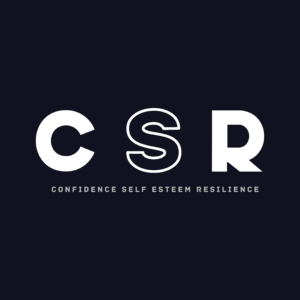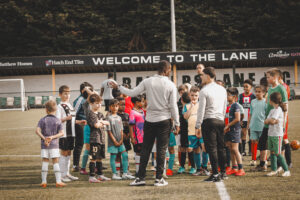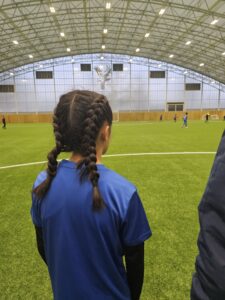When people hear the term “low self-esteem,” they usually imagine a shy, quiet child sitting on the sidelines, not speaking unless spoken to.
But that’s only one version of it.
Low self-esteem can be loud. It can be defensive. It can look like confidence on the outside but panic underneath.
And it’s one of the most misunderstood issues in child development — especially in sport.
—
💭 What You Might Be Missing
Most people don’t realise that children with low self-esteem aren’t always the ones hiding.
In fact, many are:
-Cracking jokes to mask discomfort
-Lashing out when corrected
-Refusing to try unless they’re sure they’ll succeed
-Breaking down after making mistakes
-]Constantly comparing themselves to others
These behaviours don’t always scream “low confidence” — but that’s often exactly what they are.
—
🔎 6 Hidden Faces of Low Self-Esteem
1. The Performer
The loud, disruptive child who jokes through training. They fear being judged, so they control the moment before anyone else can.
2. The Avoider
They avoid eye contact, refuse challenges, or disengage when things get hard. It’s not because they don’t care — they’re scared to fail.
3. The Exploder
They snap when corrected or subbed. Not because they’re entitled, but because failure confirms the worst belief they hold: “I’m not good enough.”
4. The Perfectionist
One mistake and it’s game over. They struggle to bounce back because their self-worth is tied to flawless performance.
5. The Praise Addict
Always asking, “Was that good?” These kids rely on external approval — they don’t yet believe in their own opinion.
6. The Comparer
They’re constantly measuring themselves against others. “He’s better than me.” “She always gets picked.”
Progress becomes impossible when the focus is always elsewhere.
—
🎯 Why It Matters
Too often, these behaviours get labelled:
“Lazy”
“Disrespectful”
“Difficult”
“Emotional”
“Too much to handle”
But we’re not dealing with bad behaviour.
We’re dealing with wounded confidence. And no amount of drills or shouting will fix that.
—
✅ What Can We Do?
At CSR Academy, we don’t just develop players.
We develop people — and that starts with understanding what they’re carrying beneath the surface.
Here’s how we approach low self-esteem:
We reward effort, not just outcome
We create space for mistakes and growth
We teach them how to self-reflect
We help them detach failure from identity
When a child believes in themselves, they don’t need to act out or hide.
They just play.
They just learn.
They grow.
—
📌 Final Word
If your child is acting out, withdrawing, or falling apart over small things — don’t rush to correct it.
Pause.
And ask:
“What is this behaviour protecting them from?”
Confidence is not built by accident.
It’s built by design.
And it starts with seeing children clearly.
—
Written by: Stephen Deans
Mentor, Coach, and Founder of CSR Academy
Need support building your child’s confidence through sport?
📩 Email us at pa@csracademy.co.uk







